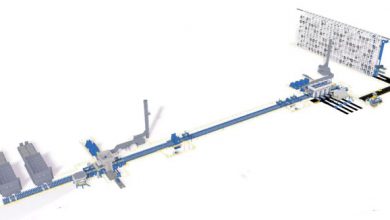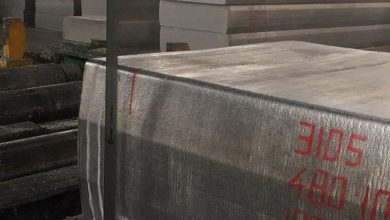Precision Sawing – The Strength of Modern Manufacturing
When machining aluminum alloys at low cutting speeds, the highly adhesive nature of aluminum often leads to severe built-up edges. These not only reduce tool life but also worsen surface finish and overall machining quality. For this reason, many manufacturers choose high-speed cutting methods when sawing aluminum. But how should different sawing methods be selected?
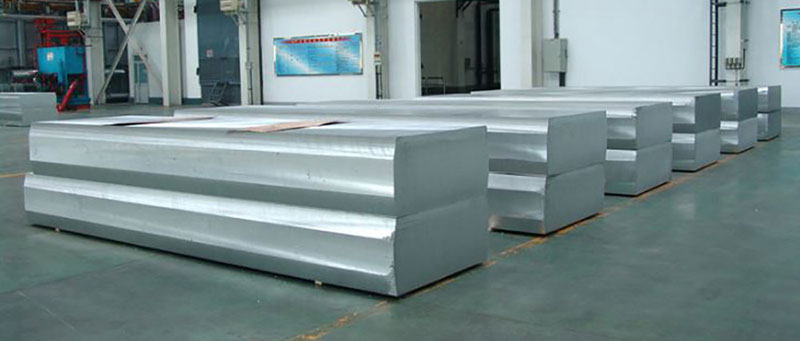
Circular Saw Cutting
When processing large aluminum sections, one of the traditional methods is the use of a circular saw. Before the development of modern high-speed band saws, the lower blade speed of band saws was less suitable for aluminum, while circular saws could operate at higher cutting speeds, making them popular for aluminum cutting. Circular saws can engage the workpiece at high speed and exit at the same high speed, often referred to as constant cutting speed with constant feed.
Another advantage of the circular saw is its high accuracy. Since the cut surface is smooth, secondary finishing can often be reduced or eliminated, saving labor and equipment costs. This is especially beneficial for repetitive cutting of smaller-diameter bars, where surface quality is critical.
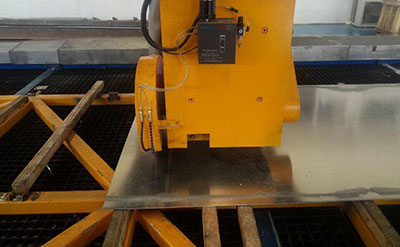
However, there are also disadvantages:
High initial investment and large footprint. For example, to cut an aluminum ingot of 500 mm in diameter, the circular saw blade needs to be at least 1000 mm in diameter, and in practice closer to 1200 mm. The machine must also be large and rigid enough to drive such a blade stably at high speed.
Material loss. Circular saws produce relatively wide kerfs, which leads to significant material waste. A 1 m diameter blade may create a kerf width of 8.4 mm.
For bars under about 150 mm in diameter, the thinner blades of circular saws still make them a preferred option, offering high cutting accuracy and efficiency.
Band Saw Cutting
In the past, band saw cutting was not considered ideal for aluminum. However, with the development of high-speed band saw machines and advanced band saw blade technology, the situation has changed dramatically. For large ingots or plates, modern high-speed band saws can achieve cutting efficiency comparable to circular saws.
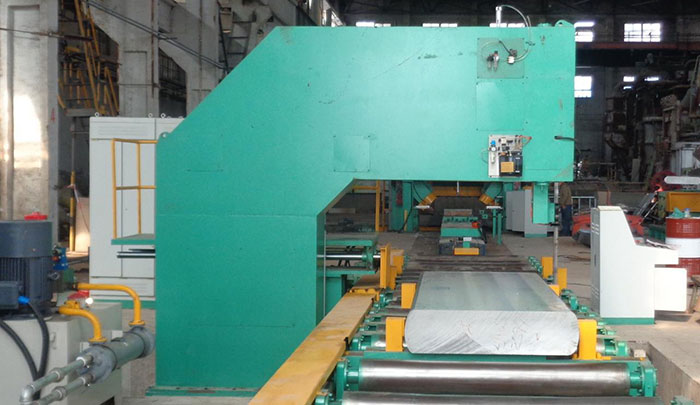
For investors, the initial cost of high-speed band saw equipment is much lower than that of circular saws. Band saws also have a smaller footprint, making them suitable for space-constrained workshops.
To extend blade life, modern band saws use optimized feed control strategies. Instead of applying high feed speeds at both entry and exit (which can easily damage blades), the machines gradually increase feed when entering the cut and decrease it when exiting. This significantly extends blade life.
In terms of efficiency, high-speed band saws benefit from anti-vibration designs and advanced motion control systems, which ensure accurate and stable performance at high speeds. As a result, they can match circular saws when cutting large materials.
Example parameters of an automatic vertical band saw for aluminum:
- Workpiece size: 3000 × 2000 × 800 mm
- Cutting efficiency: 3000 cm²/min
- Flatness: ±0.5 mm
- Surface roughness: <40 μm
To meet these requirements, band saw blade manufacturers have continuously improved tooth design, fatigue resistance of the back edge, and cutting edge properties, ensuring performance at high speeds with high precision.
Another clear advantage of high-speed band sawing is material savings. For example, a 34 mm wide band saw blade may produce a kerf of only about 2 mm, whereas circular saws cutting large workpieces can produce kerfs nearly four times as wide.
As an example, when cutting a 650 mm high aluminum alloy (5xxx series), a high-speed band saw can reach a cutting speed of 2500 m/min and a feed rate of up to 200 mm/min, making it 40 to 90 times more efficient than conventional bi-metal band saws.
Conclusion
The choice between high-speed band sawing and circular sawing largely depends on the specific application:
- For bar stock under 150 mm in diameter, circular sawing remains the best choice, allowing up to 5000 cuts per shift with very smooth surfaces.
- For larger diameters above 150 mm, high-speed band sawing is generally more suitable.
In conclusion, the development of high-speed band sawing technology has provided manufacturers with more options for low-cost, high-efficiency aluminum cutting.


